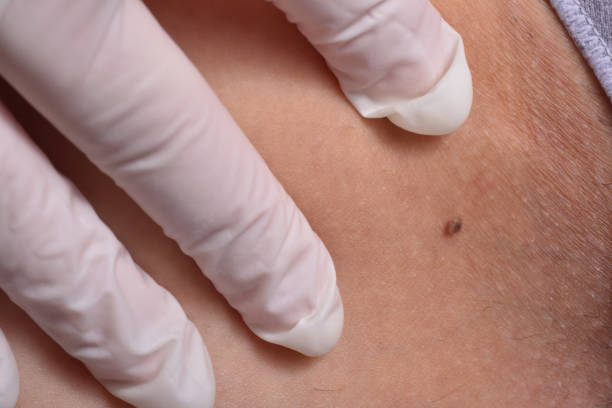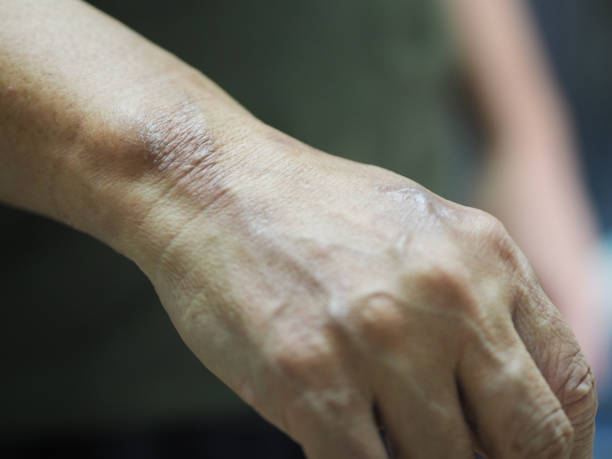Tuberculosis (TB) is a serious infectious disease that primarily affects the lungs but can also impact other parts of the body. It’s a condition that has perplexed many due to its complex nature and the challenges in treating it. If you’re wondering, “Can TB be cured?” you’re not alone. This article aims to provide clear, detailed, and comprehensive answers to this question, addressing all aspects of TB treatment, prevention, and long-term outcomes.
What is Tuberculosis?
Definition and Overview
Tuberculosis (TB) is an infectious disease caused by the bacterium Mycobacterium tuberculosis. It primarily affects the lungs (pulmonary TB) but can spread to other organs (extrapulmonary TB). TB spreads through the air when an infected person coughs, sneezes, or talks. Despite being a preventable and curable disease, TB remains one of the top infectious killers worldwide.
Causes and Risk Factors
TB is caused by Mycobacterium tuberculosis. Risk factors for contracting TB include:
- Close contact with someone who has active TB
- Weakened immune system (due to HIV, diabetes, etc.)
- Living or working in areas with high TB prevalence
- Substance abuse
- Poor nutrition
Symptoms and Diagnosis
Symptoms of TB can vary but often include:
- Persistent cough (lasting more than three weeks)
- Chest pain
- Coughing up blood or sputum
- Fatigue
- Fever
- Night sweats
- Unintended weight loss
Diagnosis typically involves a combination of:
- Tuberculin skin test (TST) or TB blood test
- Chest X-rays
- Sputum tests to detect TB bacteria
Types of Tuberculosis
Latent TB
In latent TB, the bacteria remain in the body in an inactive state and cause no symptoms. Latent TB is not contagious but can turn into active TB if not treated.
Active TB
Active TB means the bacteria are active in the body, causing symptoms and can spread to others. Immediate treatment is necessary to prevent complications and transmission.
Drug-Resistant TB
Drug-resistant TB occurs when TB bacteria develop resistance to the drugs used to treat the disease. This form of TB is more challenging to treat and requires specialized medications and extended treatment durations.
Can TB Be Cured?
Modern Treatments
Yes, TB can be cured with a proper course of antibiotics. The standard treatment for active TB involves a combination of several antibiotics taken for at least six months. Common drugs include isoniazid, rifampin, ethambutol, and pyrazinamide. It’s crucial to complete the entire treatment to ensure the bacteria are fully eradicated.
Historical Treatments
Historically, TB treatment was limited and often ineffective. Before antibiotics, treatments included rest, fresh air, and good nutrition, often in sanatoria (specialized hospitals). The discovery of streptomycin in the 1940s marked a turning point in TB treatment.
Success Rates
When treated correctly, the success rate for curing TB is high. The World Health Organization (WHO) reports that about 85% of TB cases can be successfully treated with a standard 6-month drug regimen.
Can TB Be Cured Permanently?
Long-Term Effects of TB Treatment
Permanent cure of TB means that the individual is free of the infection and does not relapse. Most people who complete their treatment successfully do not experience a recurrence of the disease. However, monitoring and regular follow-up are essential to ensure the infection does not return.
Monitoring and Follow-Up
After completing TB treatment, regular follow-up appointments are necessary to monitor for any signs of relapse. This typically involves periodic medical examinations and chest X-rays.
Can TB Be Cured Completely?
Complete Recovery Criteria
A complete cure means that the TB bacteria are fully eradicated from the body, and the patient shows no signs of the disease. Successful treatment usually requires a consistent medication regimen without missing doses.
Post-Treatment Lifestyle
After treatment, maintaining a healthy lifestyle is important to prevent reinfection. This includes a balanced diet, regular exercise, avoiding smoking, and limiting alcohol intake.
TB Treatment Options
Antibiotic Regimens
The cornerstone of TB treatment is a combination of antibiotics taken over several months. The initial phase (2 months) includes isoniazid, rifampin, pyrazinamide, and ethambutol. The continuation phase (4-7 months) usually involves isoniazid and rifampin.
Directly Observed Therapy (DOT)
DOT involves healthcare workers supervising patients to ensure they take their medications as prescribed. This approach helps improve treatment adherence and reduces the risk of drug resistance.
Treatment for Drug-Resistant TB
Drug-resistant TB requires longer and more complex treatment, often involving second-line drugs that can be more toxic and less effective. Treatment can last up to two years and may require additional interventions.
Challenges in TB Treatment
Drug Resistance
Drug-resistant TB is a major challenge, arising from improper or incomplete treatment. Multi-drug-resistant TB (MDR-TB) and extensively drug-resistant TB (XDR-TB) require more prolonged and expensive treatment.
Side Effects of Medications
TB medications can cause side effects such as liver toxicity, gastrointestinal issues, and allergic reactions. Managing these side effects is crucial for ensuring patients complete their treatment.
Adherence to Treatment
Ensuring patients adhere to the full course of treatment is critical. Missing doses or stopping treatment early can lead to drug resistance and treatment failure.
Preventing Tuberculosis
Vaccination
The Bacillus Calmette-Guérin (BCG) vaccine provides protection against TB, particularly severe forms in children. While not widely used in countries with low TB incidence, it is part of routine childhood immunization in high-burden areas.
Public Health Measures
Effective public health strategies include early detection and treatment of TB cases, screening of high-risk populations, and improving living conditions to reduce transmission.
Personal Preventive Practices
Individuals can reduce their risk by avoiding close contact with those who have active TB, wearing masks in high-risk settings, and maintaining good overall health.
Living with Tuberculosis
Managing Symptoms
Managing TB symptoms involves following the prescribed treatment regimen, maintaining a healthy lifestyle, and seeking support for any side effects experienced.
Support Systems and Resources
Support from healthcare providers, family, and community resources is vital. Various organizations provide assistance with medications, counseling, and education about TB.
TB in Different Populations
Children and TB
Children are more susceptible to severe forms of TB. Prompt diagnosis and treatment are essential to prevent complications.
TB in the Elderly
The elderly are at higher risk for TB due to weakened immune systems. Special attention is needed to manage comorbidities and ensure proper treatment.
TB and HIV Co-Infection
HIV weakens the immune system, making it easier for TB to become active. Co-infected individuals require coordinated treatment for both conditions to improve outcomes.
Global Impact of Tuberculosis
Statistics and Trends
TB remains a global health challenge. According to WHO, in 2022, there were an estimated 10 million new TB cases and 1.4 million TB-related deaths. Efforts to control and eliminate TB include improving diagnostics, expanding treatment access, and enhancing preventive measures.
Efforts in TB Eradication
Global initiatives aim to end the TB epidemic by 2030. Strategies include expanding access to care, investing in research for new treatments and vaccines, and strengthening health systems.
FAQs
Can TB be cured?
Yes, TB can be cured with a proper course of antibiotics taken as prescribed.
Can TB be cured permanently? Y
es, with successful treatment, TB can be cured permanently, although follow-up is essential to ensure no relapse.
Can TB be cured completely?
Yes, TB can be completely cured if the treatment regimen is strictly followed and completed.
What are the common treatments for TB?
Common treatments include a combination of antibiotics such as isoniazid, rifampin, pyrazinamide, and ethambutol.
How long does TB treatment last?
Standard TB treatment lasts at least six months, but the duration can be longer for drug-resistant forms.
What is drug-resistant TB?
Drug-resistant TB occurs when TB bacteria develop resistance to the antibiotics commonly used to treat the infection, requiring alternative treatments.
Conclusion
Tuberculosis, while a significant health challenge, is both preventable and curable. With modern medical advancements, TB can be cured completely and permanently with appropriate treatment and care. Understanding the disease, adhering to treatment, and supporting global eradication efforts are crucial in the fight against TB.




